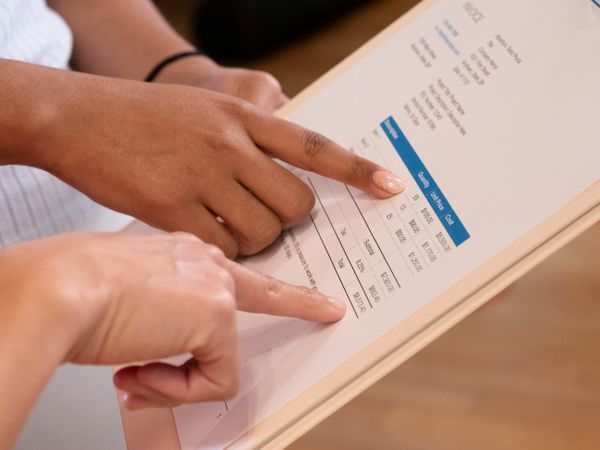When a consumer has credit card debt, personal loans, and/or medical bills that have begun to stack up and they are beginning to feel overwhelmed & stressed out wondering if they are going to be able to pay them off, it usually results in that consumer asking the question: “What are my options?”
The first 3 things to do is to take an inventory of (1) all your debts and (2) what your expected income is going to be the next 3-6 months and (3) examine the best options for your particular situation. Another helpful exercise to conduct is to see if some of your monthly expenses can be reduced or eliminated. What subscriptions can be canceled? What expenses can be eliminated? Ask yourself, how can we lower our monthly expenditures?





